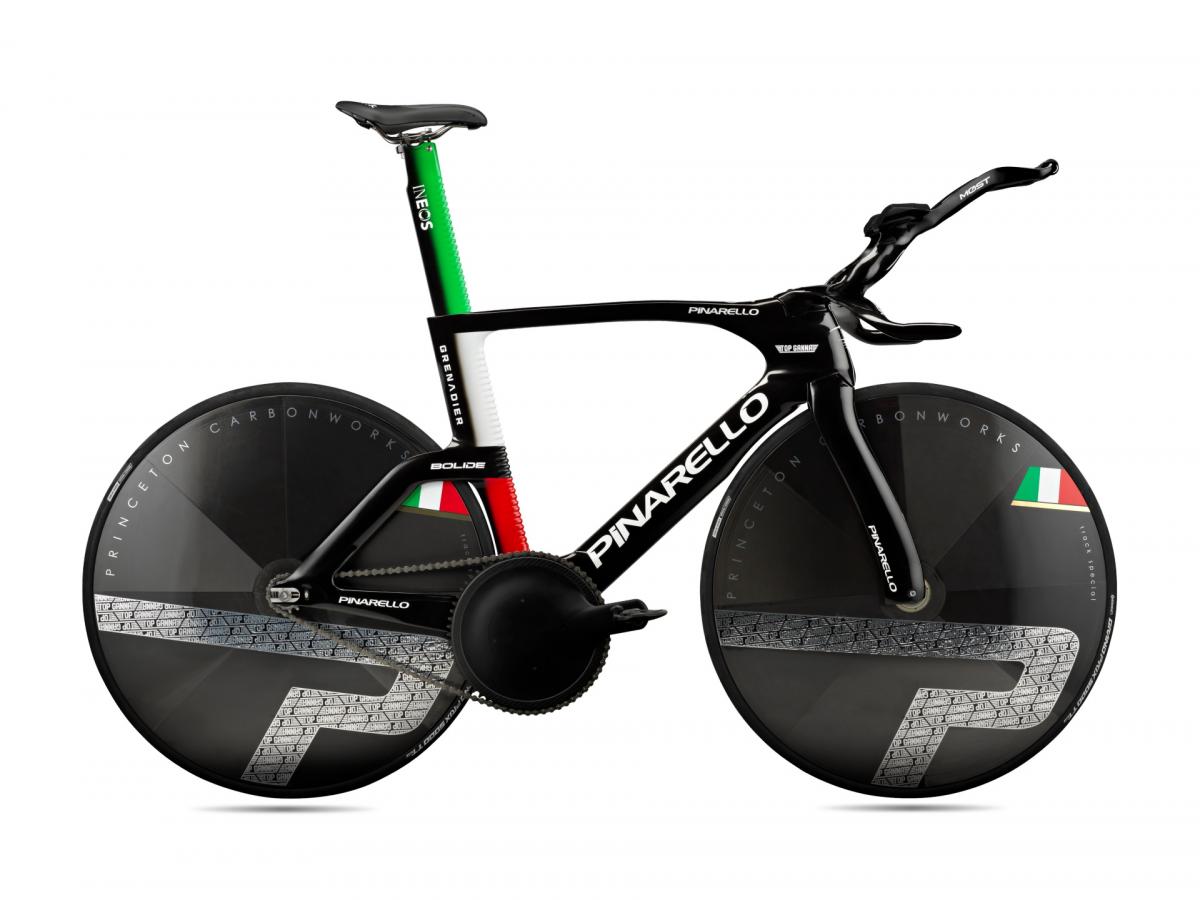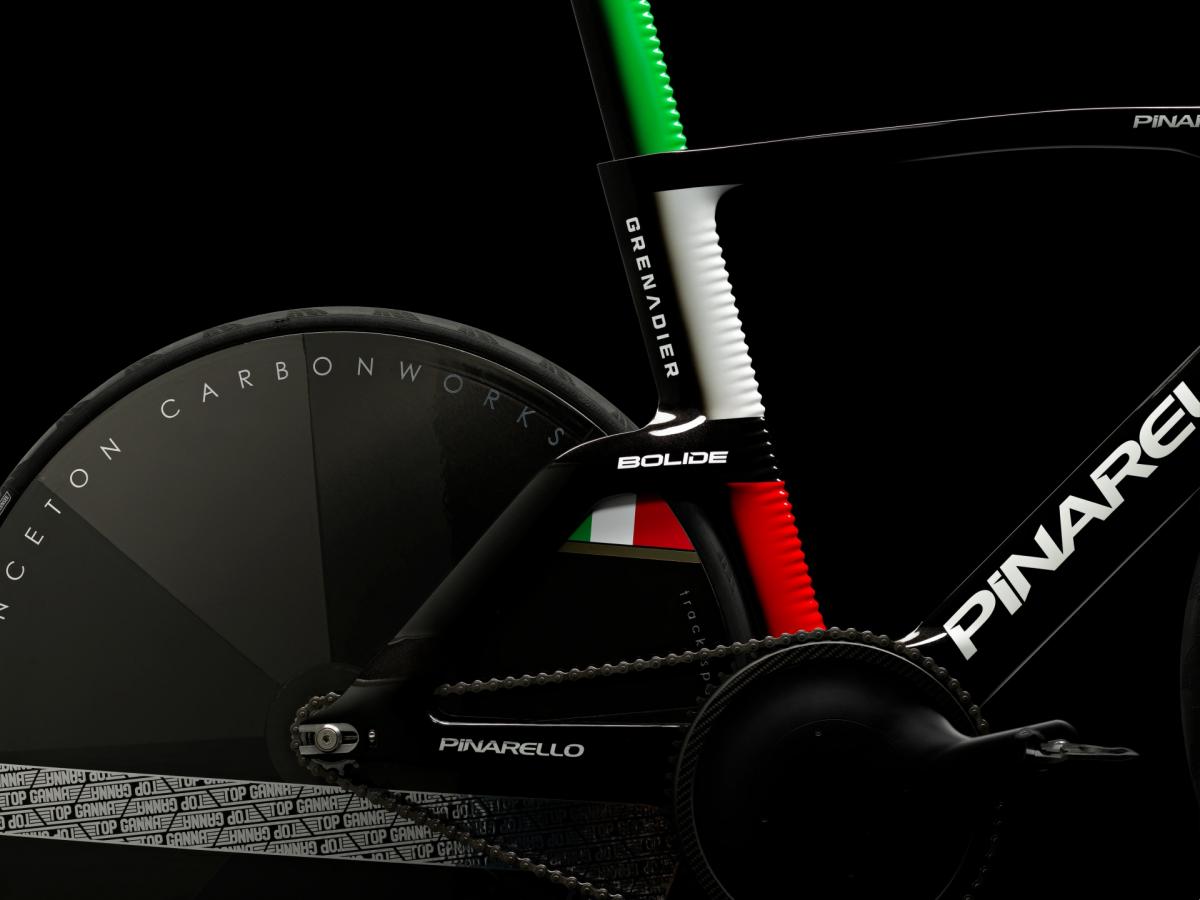
The Pinarello Bolide F HR 3D bike that uses AeroNodes, precision bumps that reduces the drag on the bicycle frame in a key area of high turbulence.
Technology developed and patented by University of Adelaide researchers will power Olympic and world track cycling champion Filippo Ganna in his world record quest.
Filippo Ganna will attempt to ride further in one hour than anyone in history at the UCI Hour Record Timed by Tissot event in Grenchen, Switzerland on Saturday, 8 October.
The Ineos Grenadiers rider will ride a Pinarello Bolide F HR 3D bike that uses AeroNodes, precision bumps that reduce the drag on the bicycle frame in a key area of high turbulence.
"This allows the rider to travel further and faster for the same effort," said University of Adelaide Associate Professor Richard Kelso from the School of Mechanical Engineering, the co-developer of the low-drag technology.
"We have been working on this technology since 2006, first using them to improve the performance of aircraft wings and fans.
"Their use on bicycle frames came about when we noticed that the airflow around the seat tube alternates through a wide angle as the cyclist pedals, leading to separated flow and increased drag.
"It's the culmination of many years of research into low-drag cycling equipment, and it's brilliant to be able to share it with Pinarello and their partners."Associate Professor Richard Kelso
"We discovered that bumps, or AeroNodes, on the front surface are able to minimise this separation effect and reduce the drag significantly by generating a regular pattern of vortices around the seat tube.
"However, standard manufacturing techniques such as carbon fibre moulding cannot easily produce such small features.
"Engineers at Pinarello and their UK partner Metron Additive Engineering have solved this problem by using cutting-edge 3D printing technology and a new high-strength alloy to produce the optimized AeroNode shapes.
"Together they have achieved the first-ever 3D printed bicycle that is the fully ridable, UCI- and ISO4210-compliant, and it's the first to include the AeroNode technology.
"It's the culmination of many years of research into low-drag cycling equipment, and it's brilliant to be able to share it with Pinarello and their partners.
"Innovation is at the core of Pinarello's bicycle designs, so it's great to be able to collaborate with them to commercialise our technology."

University of Adelaide researchers discovered that bumps on the front surface of the bike reduce the drag significantly.
Pinarello chief of operations Maurizio Bellin added: "Pinarello are excited to use the AirStream technology, including AeroNodes, on its new Bolide F HR 3D track bike.
"We look forward to working with the University of Adelaide on similar projects in the future."
British rider Daniel Bigham, also of the Ineos Grenadiers team, used the revolutionary bike to set a new 60-minute world record in August, covering 55.548km.






